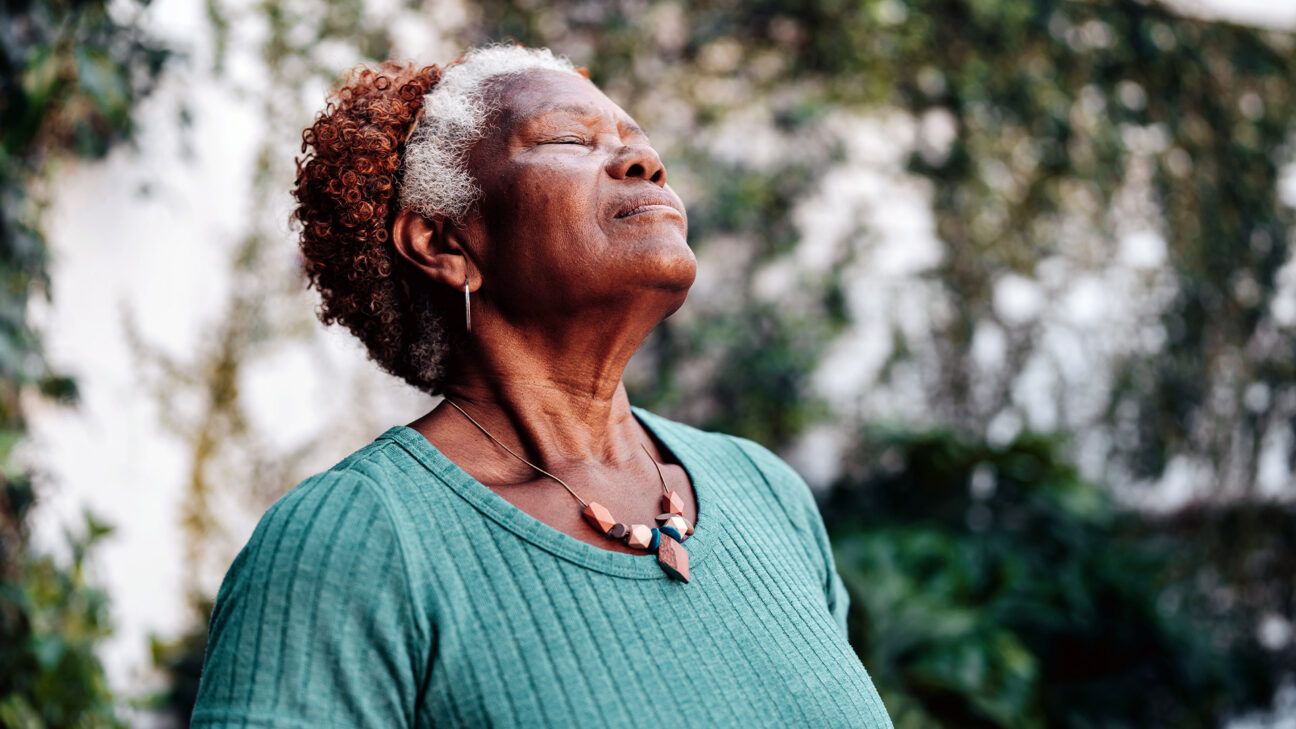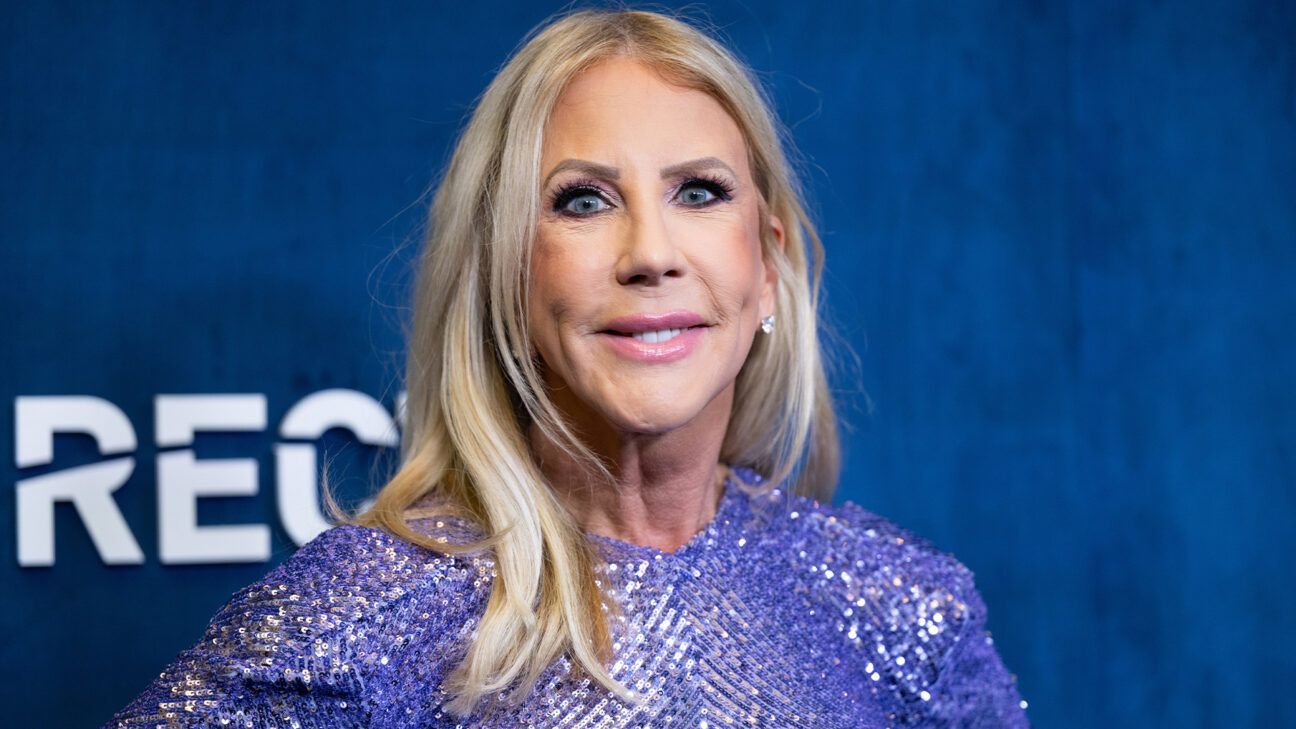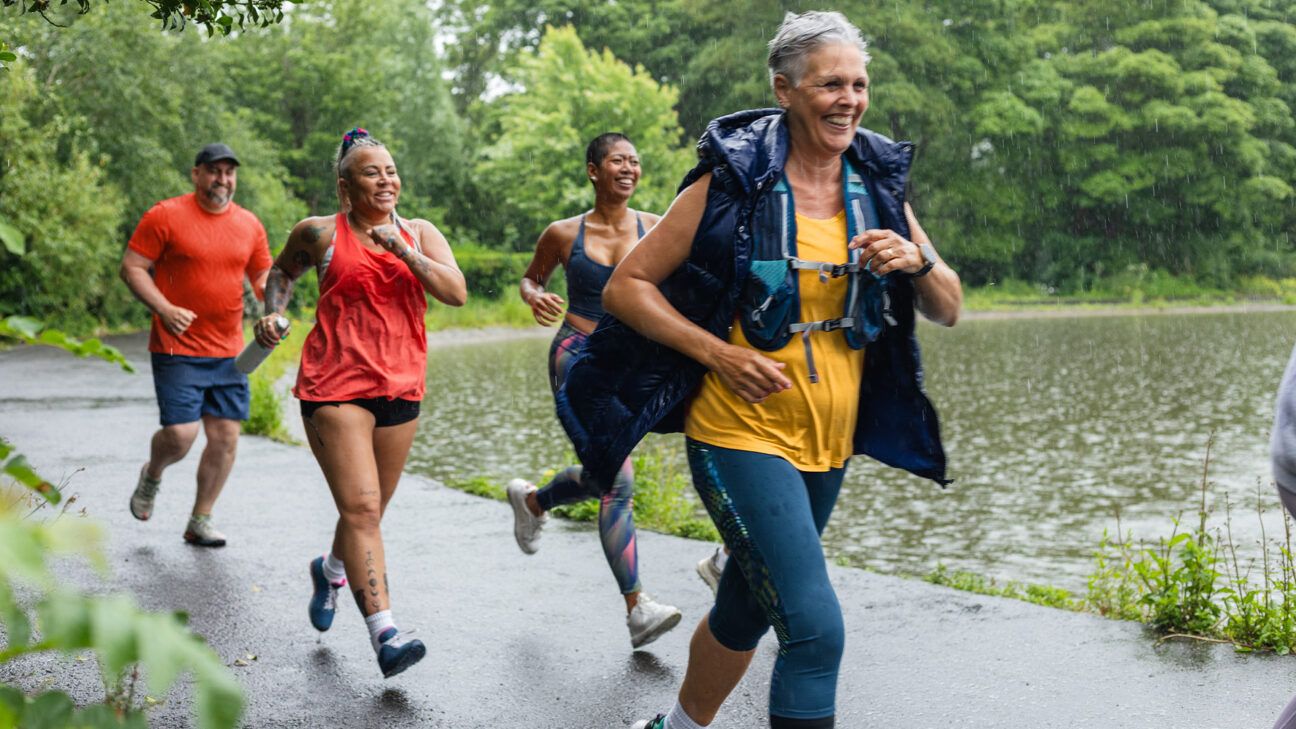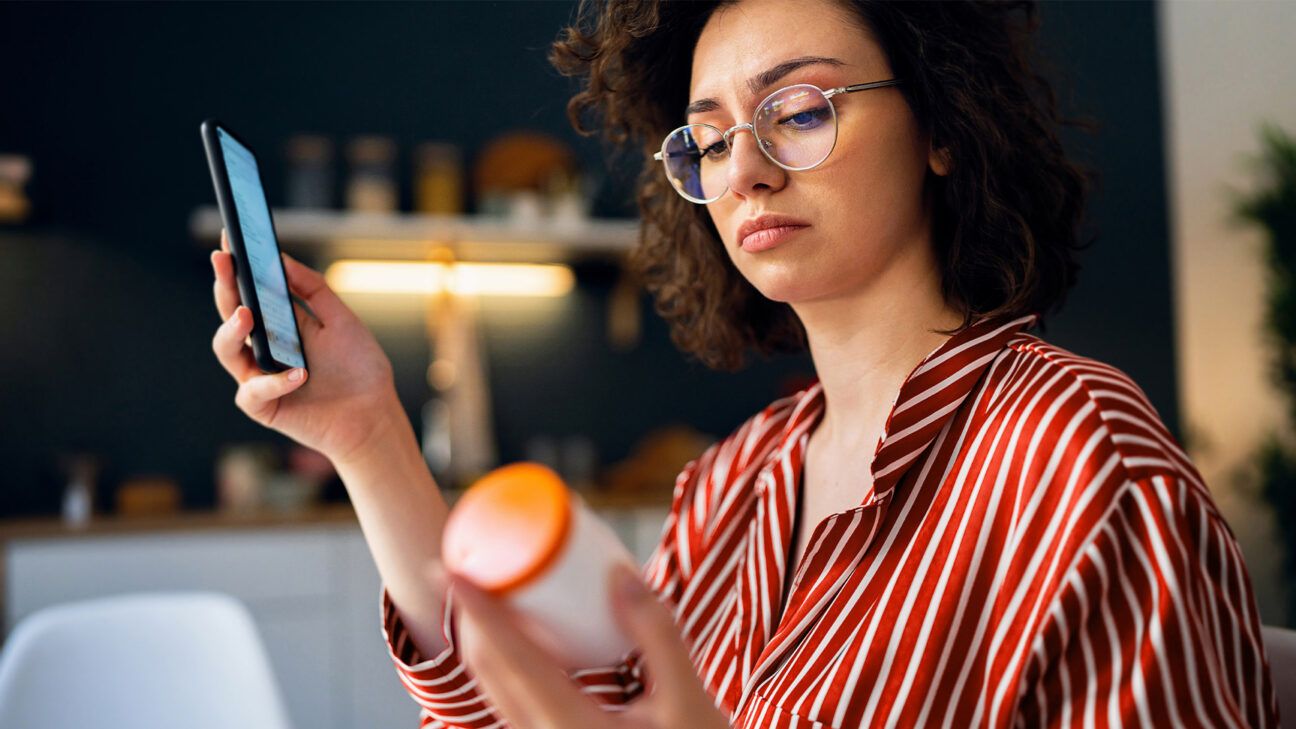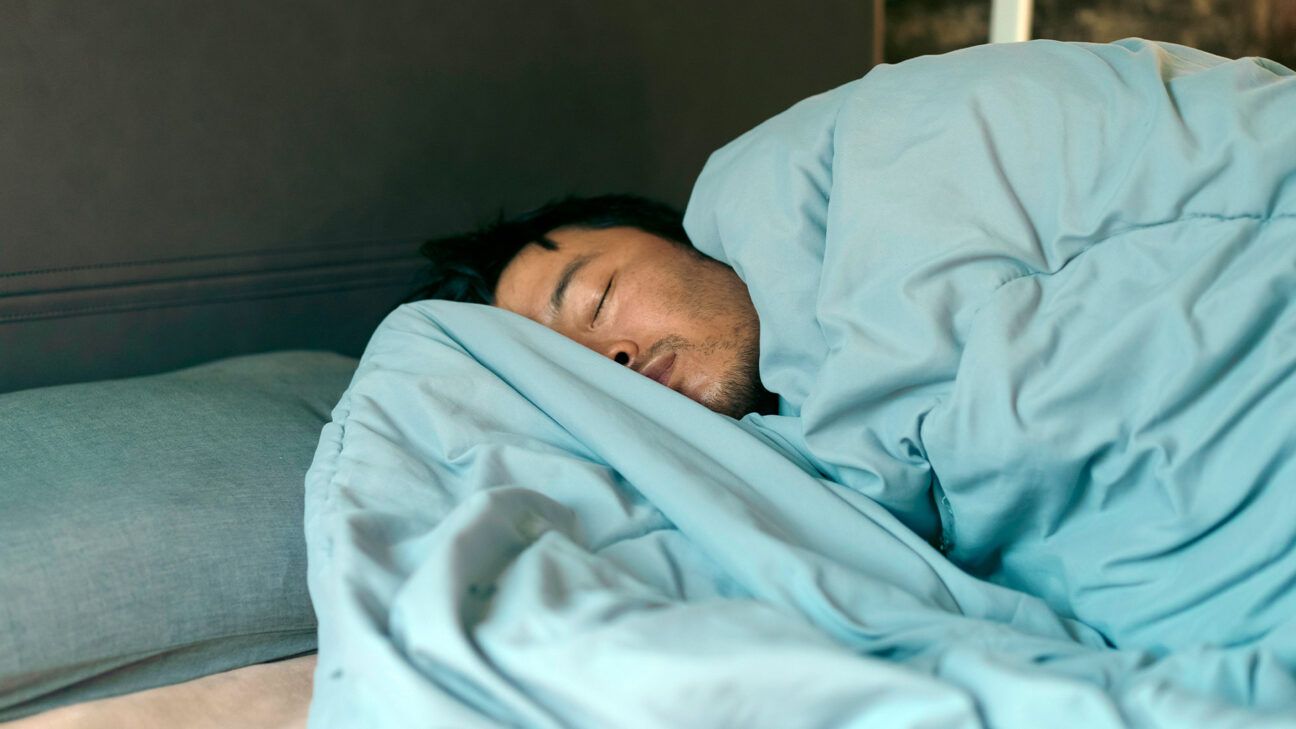Why Getting Your Flu and COVID-19 Shots at the Same Time Is a Good Idea This Year

- CDC guidelines for the 2024–25 flu season recommend the flu shot for all individuals ages 6 months and older, with rare exceptions.
- The recommendations include two key updates: a return to trivalent flu vaccines and high dose vaccines for adults receiving organ transplants.
- Infectious disease experts recommend getting both your flu shot and updated COVID-19 shot simultaneously, ideally from late September through October.
The Center for Disease Control and Prevention’s 2024–25 influenza season guidelines recommend the annual flu shot for all individuals ages 6 months and older, with rare exceptions.
The recommendations highlight two key updates:
- After more than a decade of quadrivalent formulations, this year’s flu shot is a trivalent vaccine that does not include an Influenza B/Yamagata component. The trivalent vaccine will target three flu strains: two influenza A viruses — H1N1 and H3N2 — and an influenza B/victoria virus. The B/Yamagata lineage has not been detected globally since March 2020, which suggests it may have been eliminated.
- Flu shots for adult solid organ transplant recipients ages 18–64 on immunosuppressive medications will include HD-IIV3 (trivalent high dose inactivated influenza vaccine) and allV3 (trivalent adjuvanted inactivated influenza vaccine). These high dose vaccines help boost immune response in older adults.
Infectious disease experts say the optimal time to receive both the flu vaccine and updated COVID-19 vaccine is late September and during October.
This gives both vaccines their best chance to protect during the winter months, according to William Schaffner, MD, professor of preventive medicine and infectious diseases in the Department of Health Policy at Vanderbilt University Medical Center in Nashville.
Healthline spoke with Schaffner to learn more about the upcoming flu season and why it’s important to get vaccinated against respiratory illnesses like influenza and COVID-19.
This interview has been edited and condensed for clarity and brevity.
Why are flu shots trivalent this year?
Schaffner: Flu vaccines in recent years have protected against four different strains of the influenza virus: two influenza A strains and two influenza B strains. We always do that because although there’s a dominant strain, numerous strains are usually circulating.
This year, the influenza vaccine will protect against three strains because one of the B strains has disappeared from the world and has not been detected in two years, so there’s no need to include it in the vaccine anymore. That’s a good thing.
How bad will the flu season be this year?
Schaffner: We can all hope for a very mild influenza season, but it’s very hazardous to predict the severity of the upcoming flu season. It’s much easier after the flu season to go back and say how severe it was.
We can look to the Southern Hemisphere — where they have their winter during our summer — but what happens there is not always predictive of what will happen here.
We have included the strains that were active in the Southern Hemisphere this summer in our flu vaccine, and at the moment, it looks as though we have a very good match between what’s in our flu vaccine and what we anticipate the dominant strains will be.
Can you get your flu shot and COVID shot at the same time?
Schaffner: Yes, you have to get both shots, whether in the same arm or the other arm, because the flu vaccine won’t protect against COVID-19, and the COVID vaccine will not protect against the flu.
The recommendations for both vaccines are identical (6 months and older). Both of these vaccines are very important — and that goes for anyone who’s eligible.
Are you concerned about vaccine hesitancy as students return to school?
Schaffner: I’m always concerned about that because familiarity breeds, if not contempt, a certain nonchalance, and so we have come to accept and live with the annual influenza virus outbreaks.
Those of us in infectious diseases and public health take flu very seriously because we know that this nasty family of viruses can take a normal, healthy young person and put them in the emergency room in the hospital. Within 48 hours, every major hospital in the country sees this sort of thing happening every year.
Yes, most flu in children is mild, and they get over it very easily. But on occasion, a normal, healthy child can be made morbidly, gravely ill.
The American Academy of Pediatrics (AAP) and the American Academy of Family Physicians (AAFP) agree 100% with the CDC that children should be vaccinated, and that goes along with adolescents and young and middle-aged adults.
Why is it important for people to receive the flu vaccine?
Schaffner: Getting vaccinated against the flu is the most comfortable and reassuring thing you can do to protect yourself against severe disease, but you also protect your family and your community.
Older persons, frail persons, people with underlying chronic medical conditions, and people who are immunocompromised are at the greatest risk for severe disease from the flu.
The flu vaccine is best at preventing severe disease and has some impact on reducing transmission. So if you get the flu vaccine, you will provide some modicum of protection to those around you.
For those who are immune compromised who can’t respond to the vaccine very well because their immune system doesn’t work as well, the best way we can protect them is for everybody else around them to be protected, providing a kind of a cocoon of protection for those who are among the most fragile in our communities.
Takeaway
The CDC’s recommendations for the 2024–25 flu season include two key updates: a return to trivalent flu shots and high dose vaccines for adults receiving organ transplants.
To protect themselves during the winter months, everyone ages 6 months and older should get their flu and COVID shots, ideally at the same time and before the end of October.
Getting vaccinated against the flu and COVID-19 helps prevent severe illness, even in young, healthy individuals.
Why Getting Your Flu and COVID-19 Shots at the Same Time Is a Good Idea This Year Read More »

